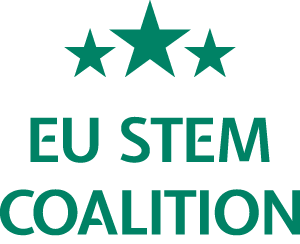Techniekpact (Technology Pact)
QUICK: programme-initiative
Techniekpact (Technology Pact)
Country:
Netherlands
Education level:
Other
Year start:
2013
Status:
Ongoing
Short summary:
On 13 May 2013, over 60 parties signed the National Technology Pact 2020 in an effort to structurally improve alignment between education and the technology job market and reduce the shortage of technically trained staff.
Description and objectives:
On 13 May 2013, over 60 parties signed the National Technology Pact 2020 in an effort to structurally improve alignment between education and the technology job market and reduce the shortage of technically trained staff. Since the official signing of the Technology Pact, all the involved partners have made concerted and dedicated efforts to implement the necessary measures on the basis of an integrated approach entitled ‘Choosing, learning and working in technology’. The Technology Pact is characterised by a regional approach with a national support infrastructure.
As the results clearly show, the approach has proven effective and is now being emulated at international level: in the wake of Estonia and Flanders, Denmark is also set to introduce its own Technology Pact later this year.
The Technology Pact was updated three years after its original signing in order to evolve in pace with the inevitable social changes as a result of ongoing technological developments. A new structure has been defined on the basis of twelve objectives, offering room to continue ongoing measures from the original Technology Pact and formulate relevant new goals. The overarching ambitions for the Technology Pact 2016–2020 will remain unchanged: developing a structural approach to ensure a well-trained workforce with enough smart and capable technicians for the jobs of today and tomorrow.
An English version of the document can be downloaded here.
Reach:
Each of the twelve objectives of the National Technology Pact supports a range of national and regional actions, programmes and measures through a variety of policy instruments.
Impact:
The impact of the Technology Pact and progress in regard to each of the twelve objectives is measured on a national and regional level in the Technology Pact Monitor, published yearly by the Dutch ministry of Economic Affairs and the Dutch national STEM platform (PBT). The analsyis is based on datasets of the Dutch National Statistics Agency (CBS), the Education Executive Agency of the Dutch Ministry of Education, Culture and Science (DUO), the Employee Insurance Agency (UWV) and various partners in the field. The full web-based Technology Pact Monitor can be found here. (Dutch only)
Budget and funding model:
The Dutch National Technology Pact is supported by more than sixty partners, including national ministries, the education sectors, the Dutch regions, industry and employer organisations and labour unions. The objectives of the Technology Pact are supported by a wide variety of policy instruments (e.g. Regional Investment Fund VET). The Dutch National STEM platform is tasked with the regional coordination of the Technology Pact. In addition, the STEM platform implements various national programmes that support the objectives of the Technology Pact.
June 15, 2020
The 'Highlights 2020' infographic shows the most important trends identified in the 2020 edition of the Technology Pact Monitor: the main monitoring instrument of the Dutch national STEM...
May 4, 2018
The Danish government has launched a Technology Pact with more than 80 partners from higher education and research institutions, business organisations, non-profit organisations and private...





